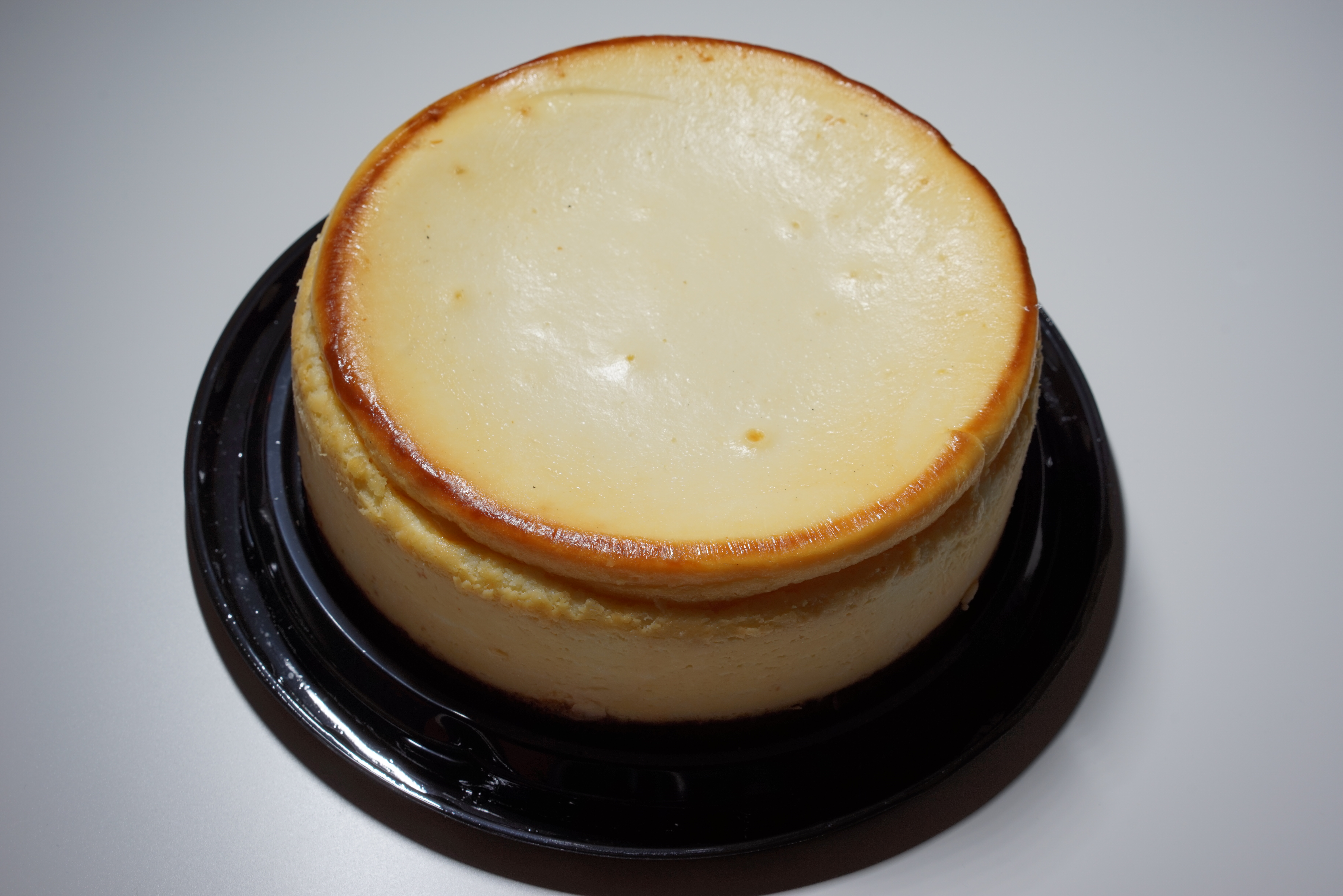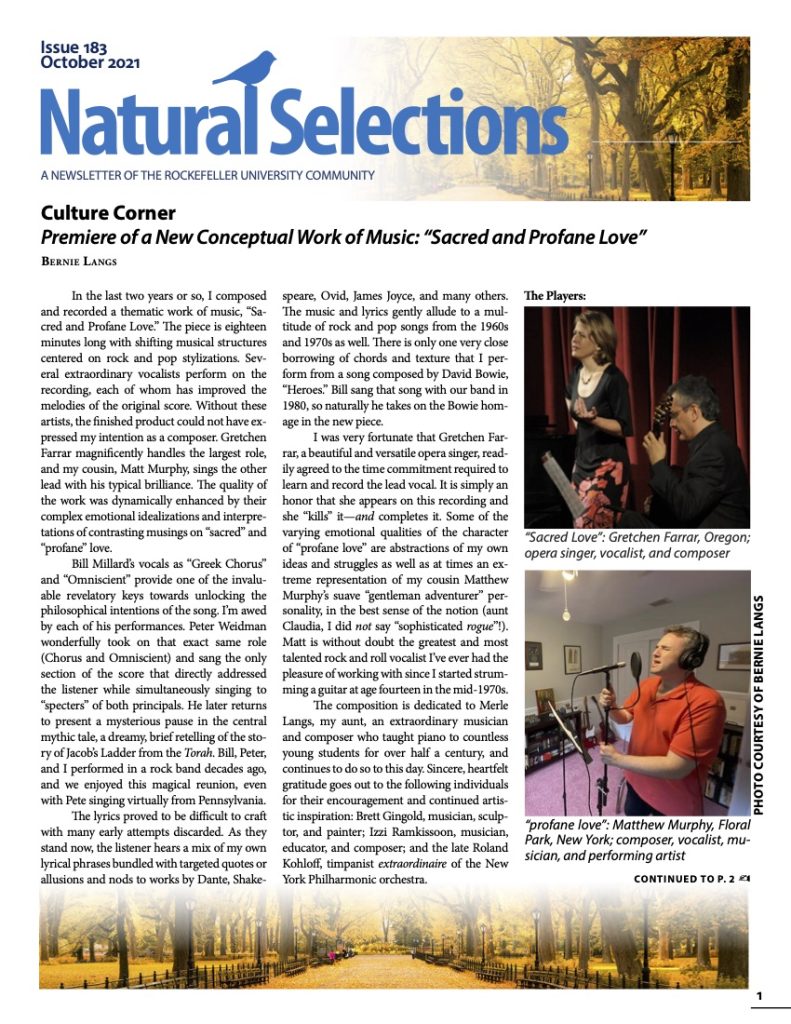Aileen Marshall


When you think of an iconic New York City dessert, most people think of cheesecake. Some form of cheesecake has been around for thousands of years, with many countries having their own style or flair. Not everyone agrees on how the New York City style originated, evolving to have a cream cheese base and a graham cracker crust, which makes it rich, smooth, and creamy.
The earliest cheesecake, known as “libum,” was created in Greece on the island of Samos. Archeologists have dated cheesecake pans from Greece to around 2000 B.C. It is said that cheesecake was fed to the first Olympians in 776 B.C. to give them strength. The first recorded recipe appears in De Agricultura around 234 B.C., written by historian and senator Marcus Porcius Cato. The recipe calls for pounding cheese until it is smooth, adding honey and wheat flour, and then baking it. When Rome conquered Greece in the second century B.C., they discovered this cheesecake and spread it throughout the rest of the Roman Empire.
Over the centuries, many countries developed their own type of cheesecake. Regional versions vary based on ingredients, textures, and setting by refrigeration or baking. Italian cheesecake is made with ricotta cheese. French cheesecake is known for its very light consistency, using Neufchâtel cheese and gelatin. In the British Isles, crushed biscuits make up the base, and the cheesecake is topped with a variety of fruit compotes. Grecians today use Mizithra, cheese made from sheep’s milk and whey, or feta. German cheesecake has a pastry dough base and uses quark, a fresh cheese made from curdled sour milk, similar to cottage cheese. Japanese cheesecake uses cornstarch and eggs and has a more cake-like texture. Indian cheesecake is known as chhena poda and is made from cottage cheese, sugar, and nuts.
The type of cheesecakes we are familiar with in the United States are technically custards, not cakes. The New York style of cheesecake is based on cream cheese, has a crushed graham cracker base, and is served pure, without any flavorings or toppings. It is known for being very creamy but not too heavy. In Chicago you will find a sour cream based cheesecake that is soft on the inside, with a shortbread crust. Saint Louis’s cheesecake is made from butter with a layer of cake on top. California style cheesecake has a light texture with lemon flavoring, a cookie crumb crust, and sour cream topping.
Cheesecake was brought to this country by European immigrants starting in the eighteenth century. At that point, Europeans had started adding eggs instead of yeast to their recipes, giving cheesecake the consistency we know today. In 1872, William Lawrence, a dairy farmer from Chester, New York, tried to make the French-style Neufchâtel cheese. While trying to copy this milk-based cheese, William Lawrence added cream instead of milk, and came up with a denser and creamier form, which he dubbed cream cheese. A grocery distributor sold it for Lawrence in foil wrappers. It was eventually bought by the Kraft Company and has been sold as Philadelphia Cream Cheese since 1928.
It was the invention of cream cheese that allowed the New York style cheesecake to originate. While sources say that it is based on the Eastern European style, another claim to the origin is from our old friend Arnold Reuben, of the reuben sandwich fame. He claimed that he had a cheese pie at a friend’s house one day and was so enamored with it he that took his hostess’ recipe and worked with his chef to develop what we know as the New York style cheesecake. It was sold at his Turf Restaurant on 49th Street and Broadway in the 1930s. This type of cheesecake then appeared at the famous Lindy’s Broadway restaurant in the 1940s. Tales say that Lindy got it from a chef he hired from Reuben’s.
Yet another claim to the origin of New York style cheesecake is from the famous Junior’s restaurant. The original owner, Harry Rosen, had a restaurant called Enduro Cafe at the flagship site on Flatbush Avenue in Brooklyn since 1929. In 1950, he changed the name to Junior’s in honor of his two sons. One son, Marvin, said that his father would ship home cheesecakes he had tasted from everywhere he went. Rosen worked with his baker, Eigel Petersen, to develop the cheesecake that is still sold in his restaurants today. In the Village Voice in 1973, journalist Ron Rosenblum declared, “There will never be a better cheesecake than the cheesecake they serve at Junior’s on Flatbush Avenue…it’s the best cheesecake in New York.” That same year it won a contest for best cheesecake run by New York Magazine.
Although numerous city establishments serve or sell New York style cheesecake, it is possible to make one at home. Here is a recipe from Molly O’Neil’s New York Cookbook:
Recipe of a Lifetime: Junior’s Cheesecake
1/4 cup graham cracker crumbs
3/4 cup plus 2 tablespoons sugar
3 tablespoons sifted cornstarch
30 ounces (3 3/4 large packages) cream cheese, softened
1 large egg
1/2 cup heavy (whipping) cream
3/4 teaspoon vanilla extract.
- Preheat the oven to 350 degrees. Generously butter the bottom and sides of an 8-inch springform pan. Lightly coat the bottom of the pan with the graham cracker crumbs and refrigerate the pan.
- In a large bowl, combine the sugar and the cornstarch. Beat in the cream cheese. Beat in the egg. Slowly drizzle in the heavy cream, beating constantly. Add the vanilla and stir well.
- Pour the mixture into the prepared pan. Bake until the top is golden, 40 to 45 minutes. Cool in the pan on a wire rack for 3 hours.
Yield: 8 to 10 servings.

